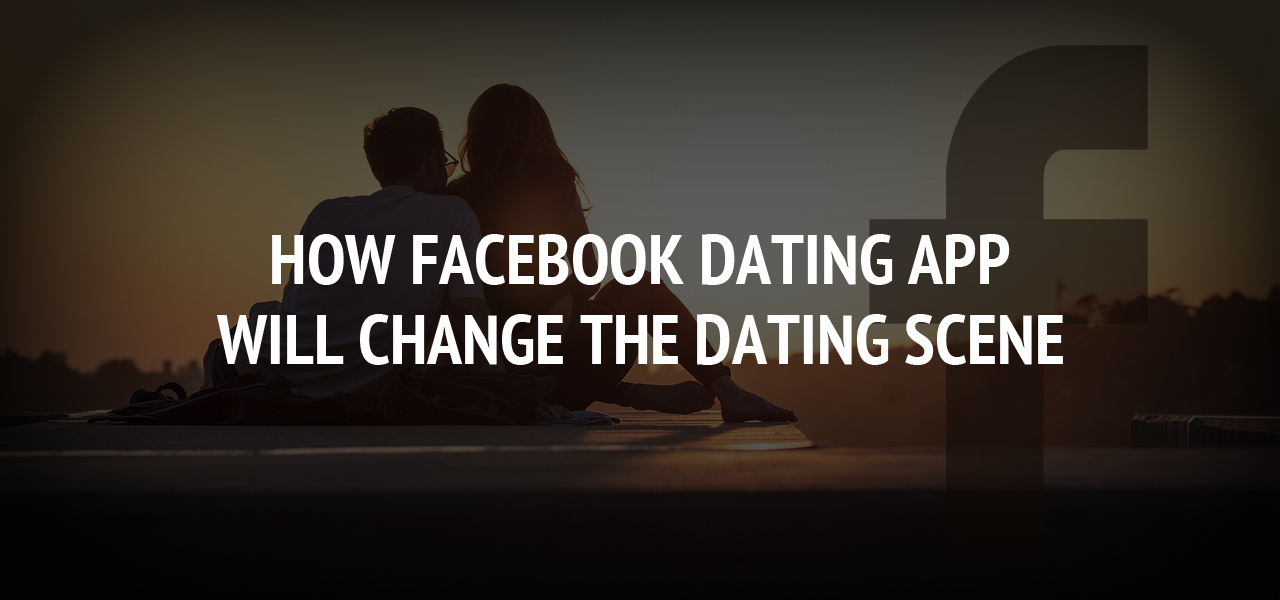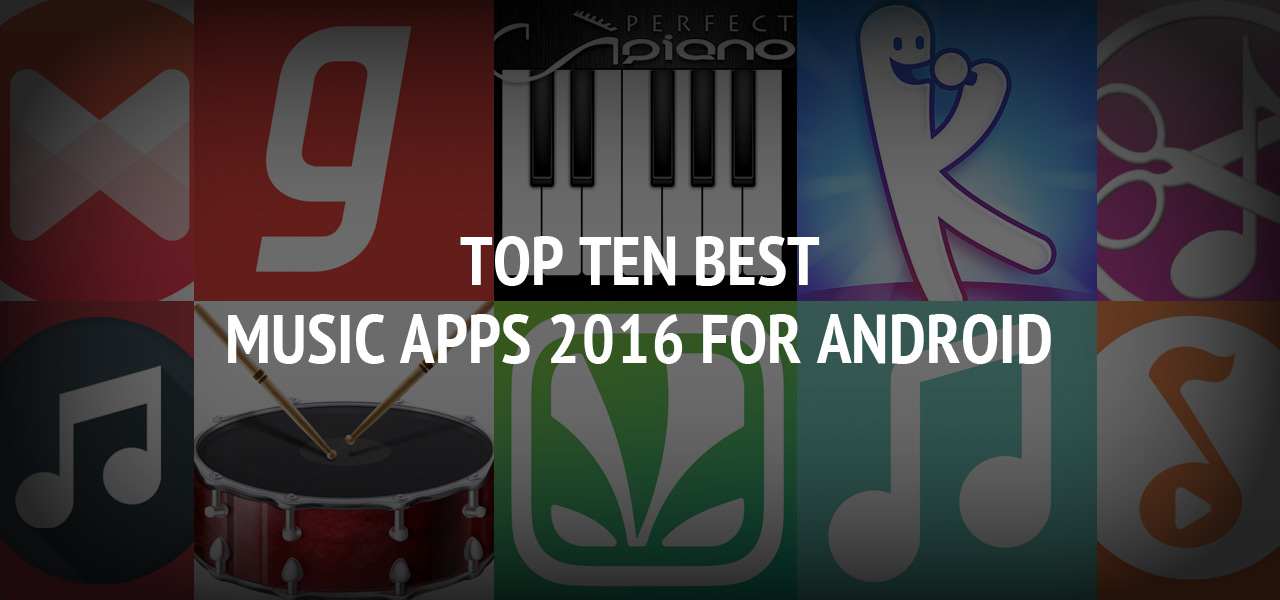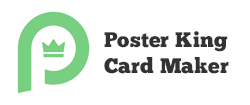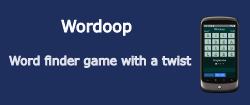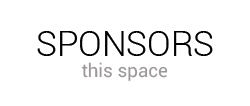Aspiring to contribute to a healthcare industry: how to build a prominent telehealth app
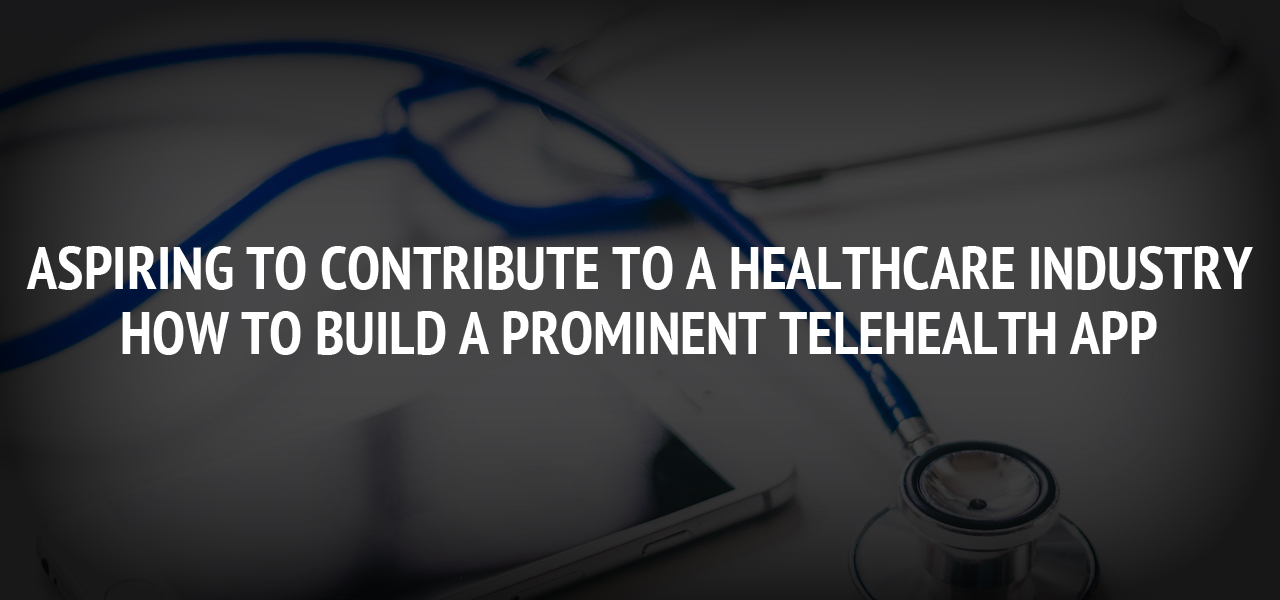
This type of software gains more and more followers since it offers convenient tools for 'repairing' well-being without wasting time in turns, threats to catch viruses in the hospital when it's an epidemic season or when the region where one life has no prominent experts in the specialization. Some people use these apps for seasonal or preventative health checkups. Yes, we're talking about a telehealth application. And if you think about how to contribute to saving or improving people's physical or mental health, you can be interested in learning how to build a telehealth application.
Tendencies in the industry
Traditionally a telehealth application is a service that is geared around providing remote therapy sessions. The clinicians and their clients connect via specific software to resolve some problems related to returning or keeping well-being. There's a wide spectrum of tasks that can be resolved via the platform: organizing counseling and preliminary diagnosis, writing prescriptions, monitoring the history of the health state, and holding therapy sessions for various mental disorders. The main expectations of users related to the service are linked to the opportunity to get qualified help anytime, anywhere. The visitors hope to meet a friendly, simple, and convenient interface when all the steps for reaching the aim are understandable.
When it comes to constructing a telehealth application, pay attention to the necessity to provide both sides of interaction with their versions of the service. To talk directly, you have to invent two apps instead one for various target users. Make sure that the technology you'll use fits the goal. When entrepreneurs start this type of development, it's wise to consider cross-platform frameworks. Such an approach entails a 30-40% decreasing the project budget.
Advantages
Why do people install applications oriented toward remote medical services? The answer lies on the surface.
1. Convenience
It allows people to feel confident when they can ask an expert advice at any moment. They don't have to solve problems with transportation or wait until it will be their turn to come to the doctor.
2. High availability
Even if someone lives in a district where's a lack of clinicians with the necessary specialization, he can receive an expert consultation thanks to the service.
3. Lower costs
If we compare visiting a doctor in the clinic and consultation via the Internet, the first alternative seems to be costly. The online service helps people to optimize their expenditures since there are enough affordable tariff plans.
Disadvantages
To be honest, there are not all the things rainbow when we're discussing a telehealth application.
Possible mistakes
Since the doctor can't make a manual diagnostic, some symptoms can be hidden from him. Some health disorders require personal contact to accurately find out what precisely disturbs the client.
Data security issues
The other vulnerability of remote medical services is related to the possible leakage of sensitive data. The human factor can be excluded. But what concerns the reliability of the software, you can protect your product: work with trustworthy developers and implement all the contemporary innovations in technology in order to keep confidentiality.
How to make a telehealth application popular?
There's no universal receipt for all businesses, but there are samples of on-demand products in the niche that can guide you in your searches for a "magic strategy". An easy-to-use interface, a rich range of services, and well-balanced price/quality – what can be the best magnet for patients?
Let's make a short overview of some prominent solutions in the industry.
Talkspace
When it comes to psychological therapy sessions, Talkspace becomes one of the justified choices. The service has accumulated experts specializing in mental health issues, and people experiencing abuse, anxiety, stress, depression, and eating disorders, can ask for help from professionals on Talkspace. The platform connects them via video calls, text chat, or voice messages. As for shortcomings, for people, it can be challenging to trust an expert they haven't seen personally since psychological help requires a deep emotional connection, and changes in experts don't benefit from it.
Doctor on Demand
This platform stands out from alternatives since it provides sufferers with access to the full spectrum of medical care services, including mental health. Being available on desktop and mobile, Doctor on Demand becomes a universal helper in various situations: whether there are flu symptoms or seasonal allergy, the patient can find professional support wherever he is. As for the downsides, the number of experts can be strongly limited linked to your location, and the list of medicines available for prescription is also limited.
Lemonaid
As for effective prescription delivery, Lemonaid has overtaken other platforms in this issue. After setting a diagnosis, the therapist will prescribe necessary medicines that will be delivered for free. Lemonaid provides healthcare support and addiction management as well as opportunities for ordering lab testing. Easy scheduling an online doctor visit at a fixed reasonable cost for all the services makes the platform a sought-after healthcare service.
When is a telehealth application a justified solution?
One of the challenges is how to avoid surface-level services that a telehealth application provides: the more customers are satisfied, the more reliable seems to be the future of the product. This law is undeniable.
When someone has revealed chronic diseases, it can be tedious to visit a health practitioner to get a new portion of receipts. In such a case remote consulting with a doctor can replace a hard and time-consuming procedure. Making a personal appointment with a doctor just to get the list of necessary medical analyses also seems like wasting time. It makes sense to visit a practitioner with ready-made results of diagnostics. Light seasonal acute respiratory illness can also be treated without personal contact. Mental health disorders are the incentives for talking with a professional, and they can be organized via the Internet. In some cases, distant consultation is better than nothing: if the tourist turns out to be in a foreign country without medical insurance. The other situation that can easily happen: is the tourist is in the wildlands, and visiting a doctor is impossible: it makes sense to talk to experts online to exclude emergencies. Many people live in remote districts where the help of gastroenterologists, cardiologists, otolaryngologists, or any other narrowly focused specialists can be unavailable. These are the situations when a telehealth application serves as a savior for sufferers.
About The Author
Related Blog
View All-
How Facebook Dating App Will Change the Dating Scene
Online dating services are incredibly popular, and rightly so. In the age of information technology, it is much easier and faster to meet true love on the Internet than, for example, on the street or in a cafe. According to Facebook, the number of users of this ...
-
Top Ten Best Music Apps 2016 for Android
Top Ten Best Music Apps 2016 If you are looking for Top Ten Best Music Apps 2016, then you are at the right place. The music lovers are always finding the best apps for music. The many music apps are available on Google Play Store. But some apps stand out from ...


